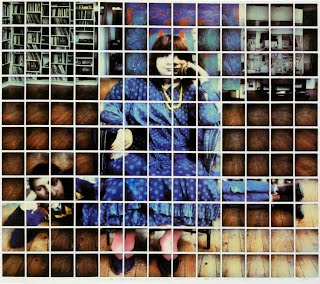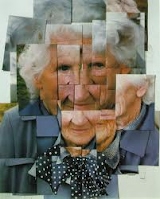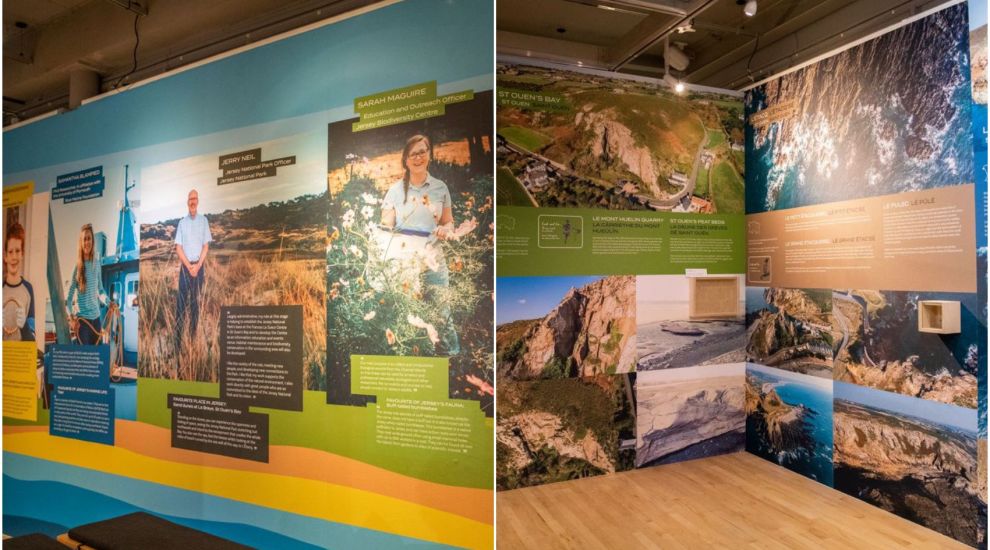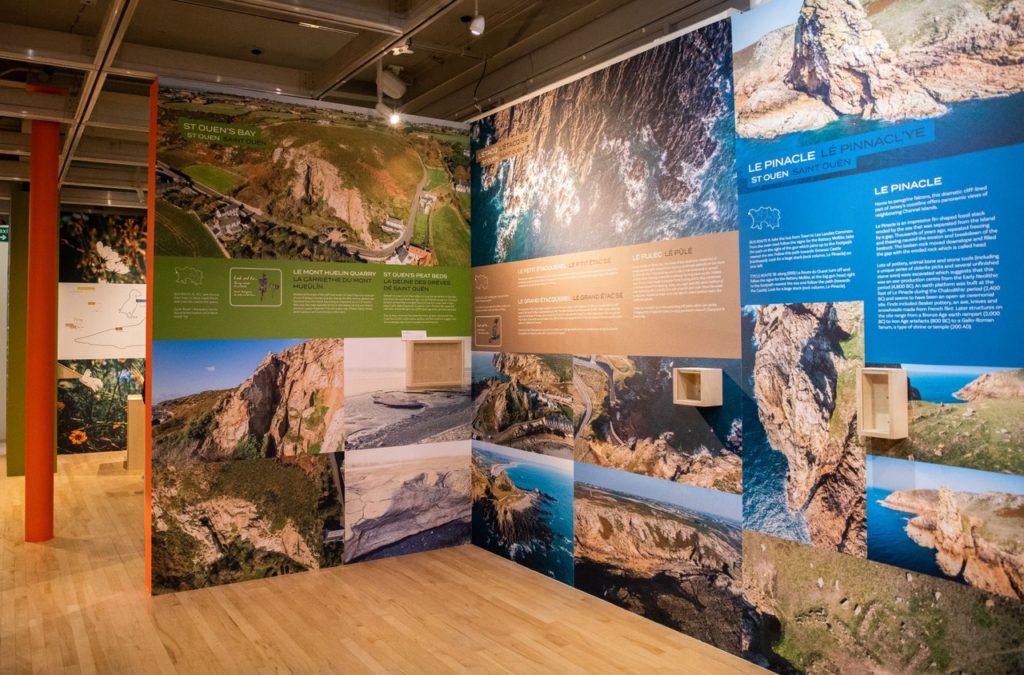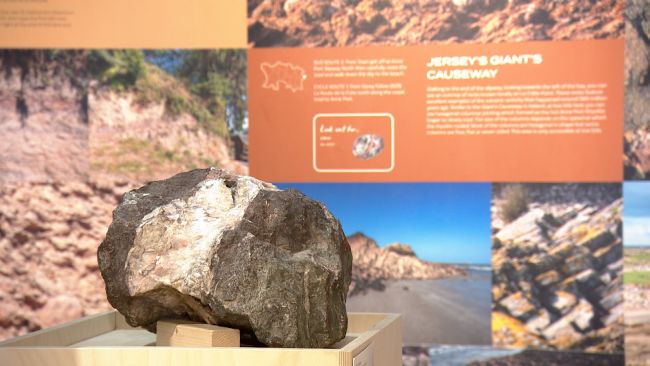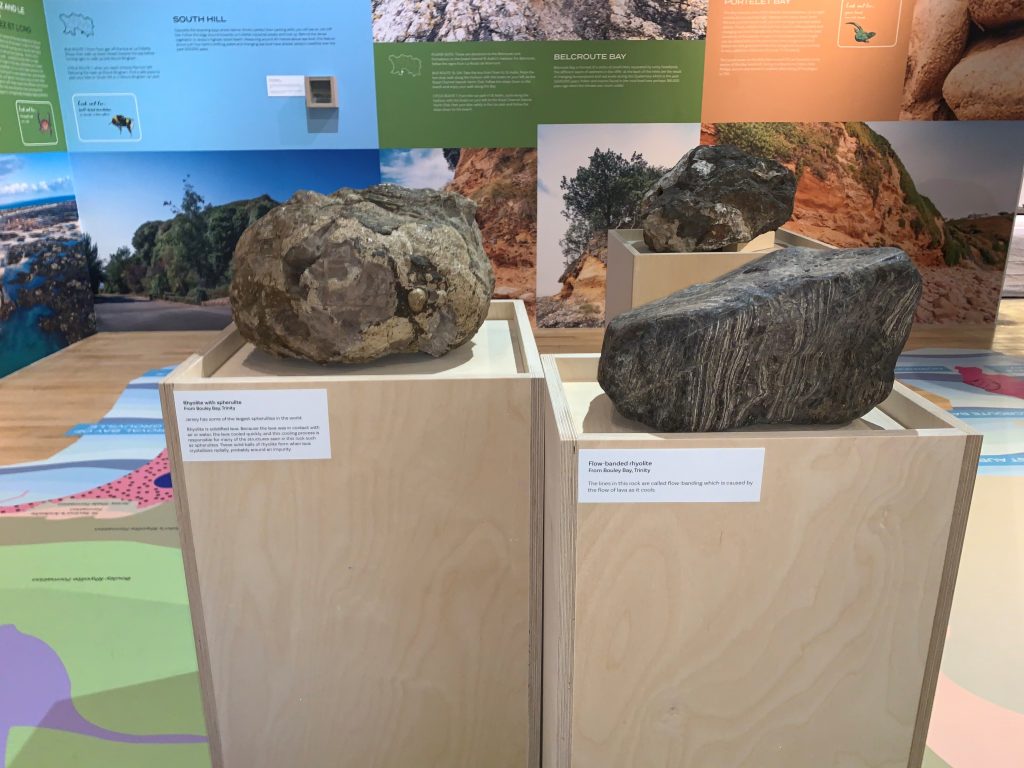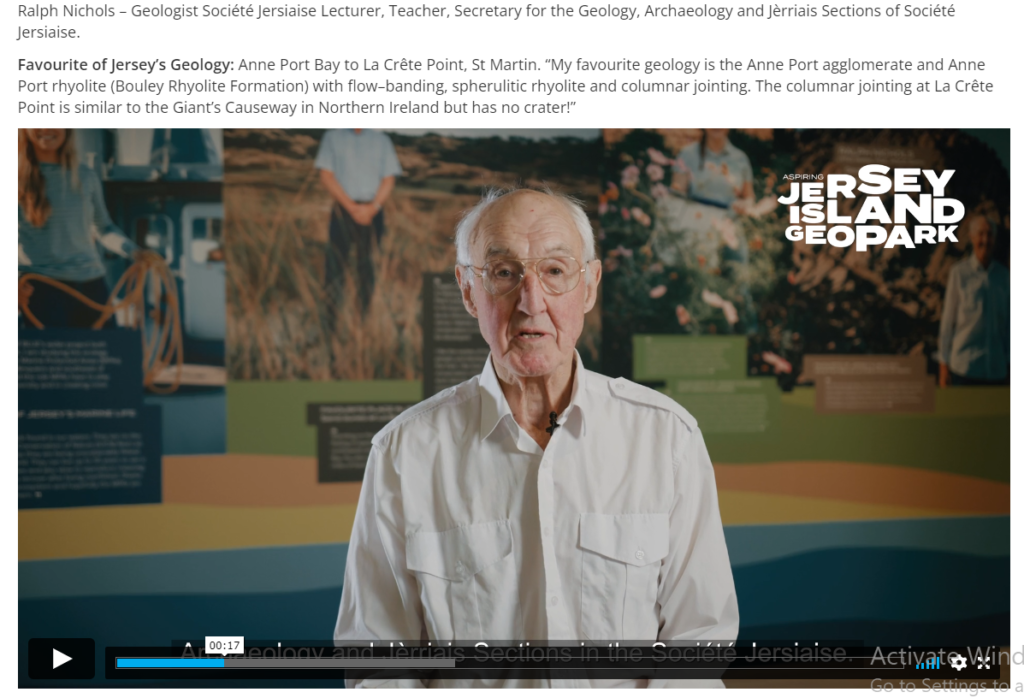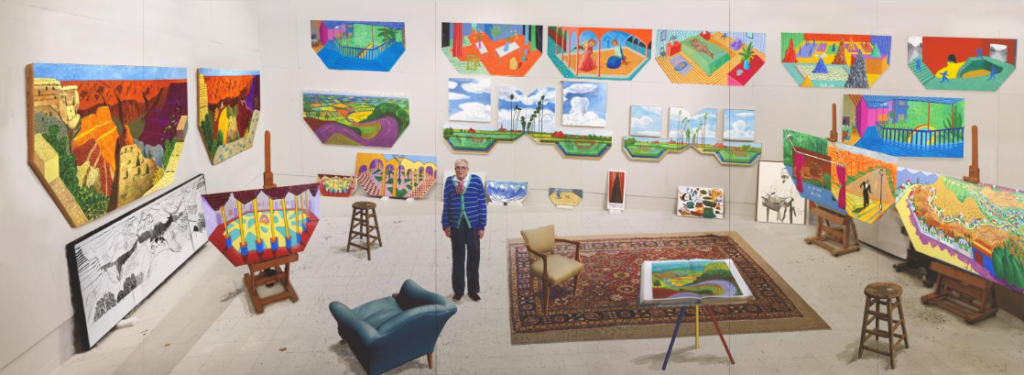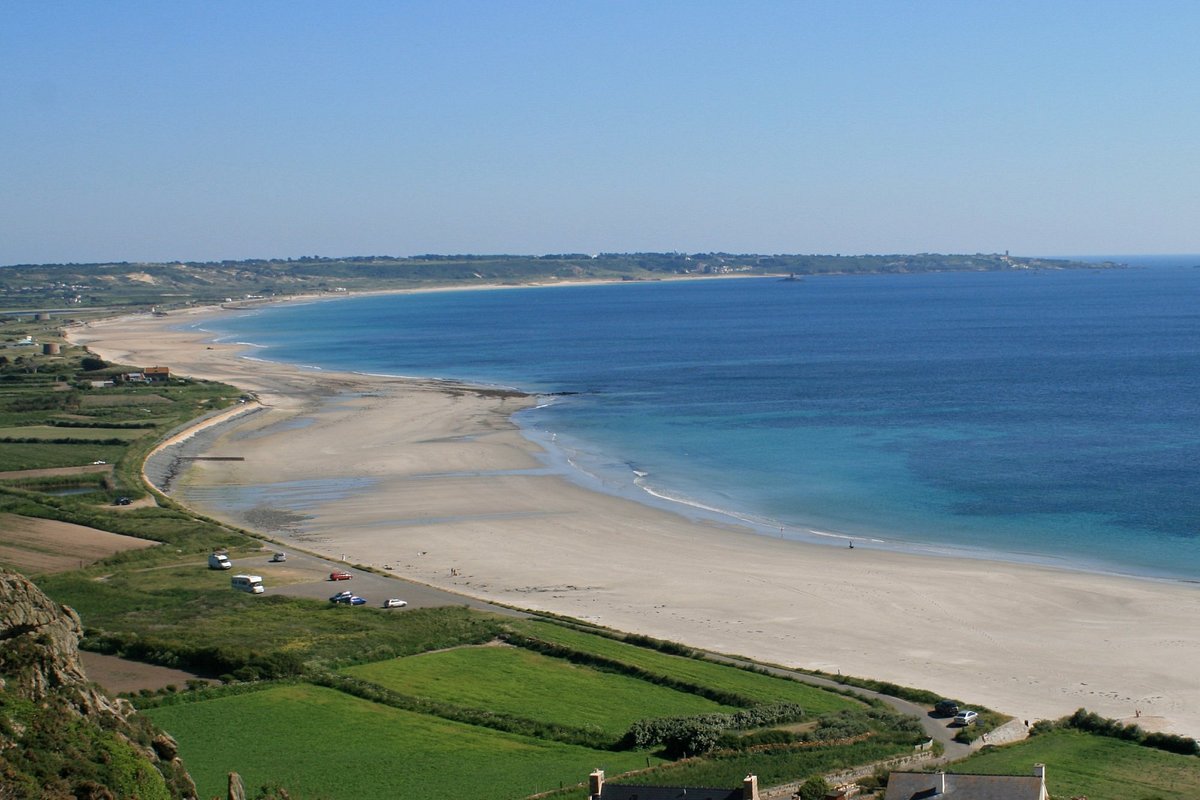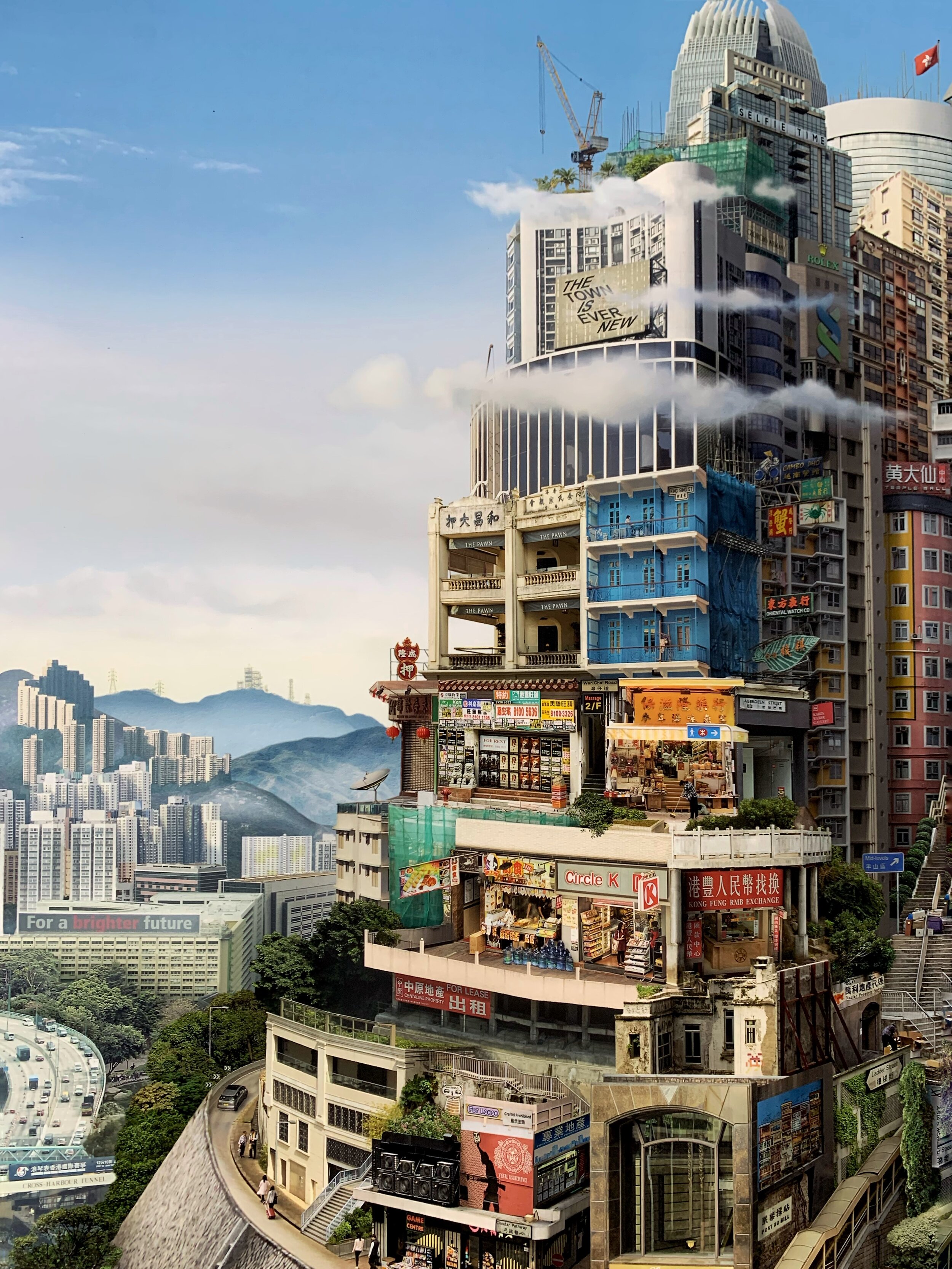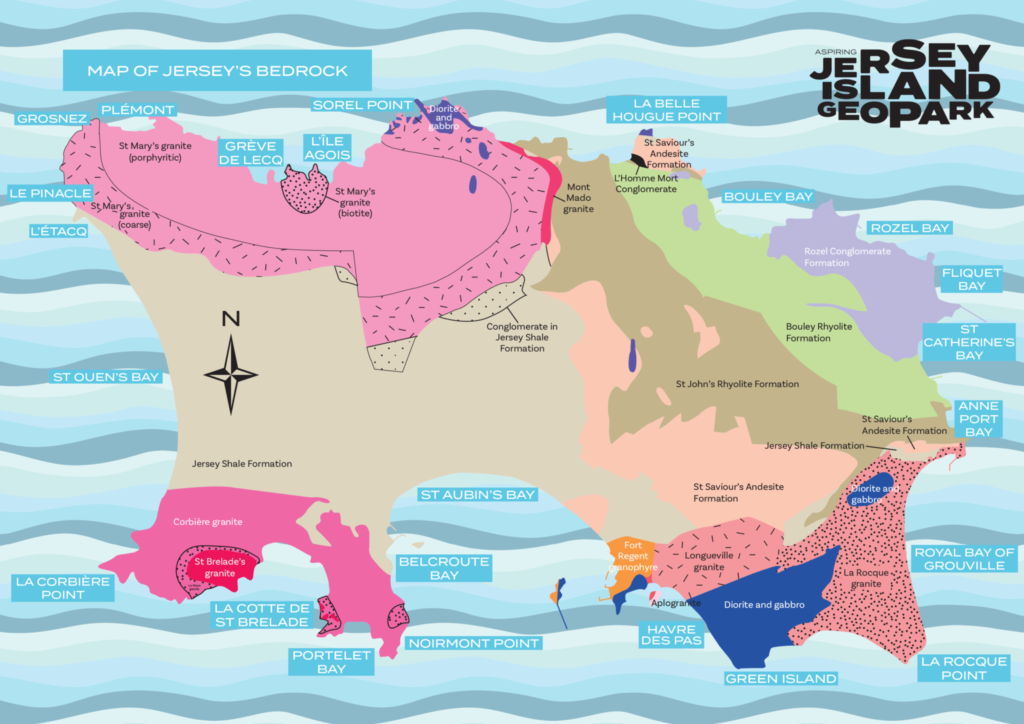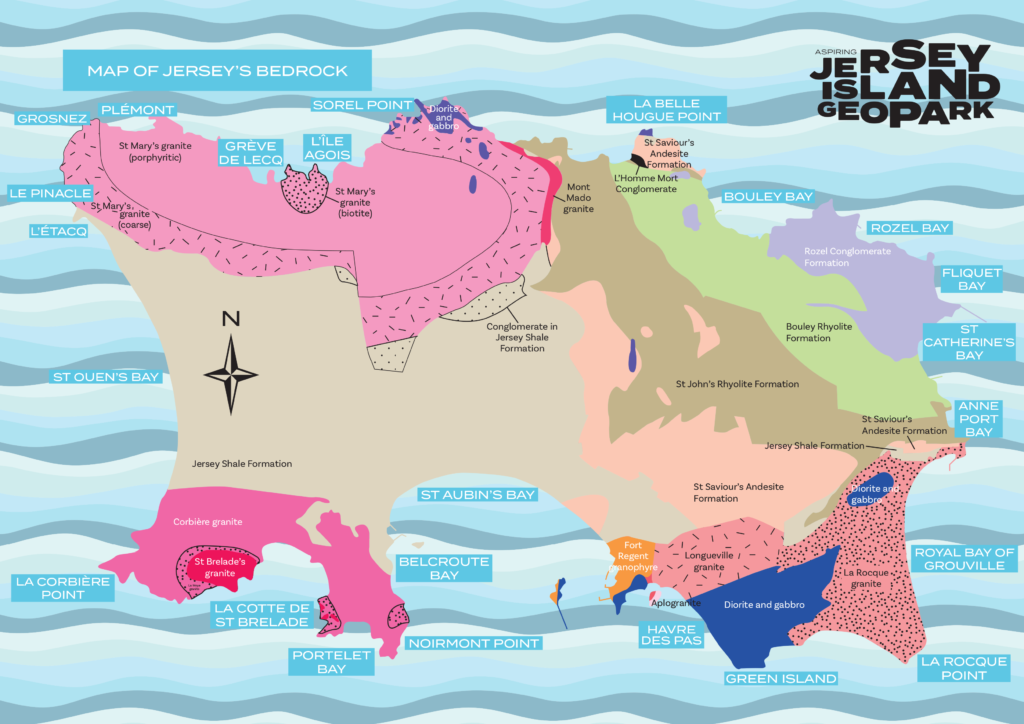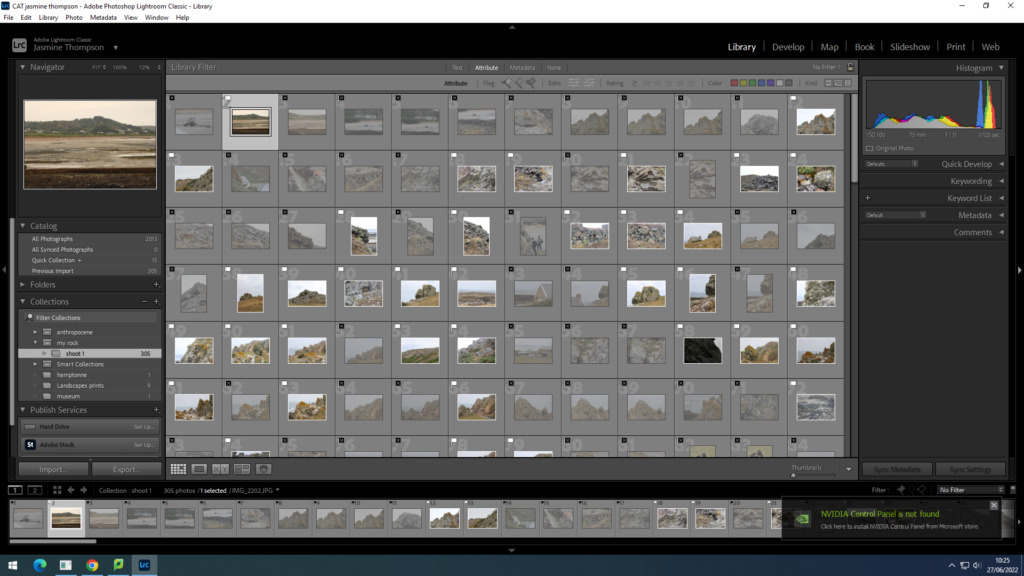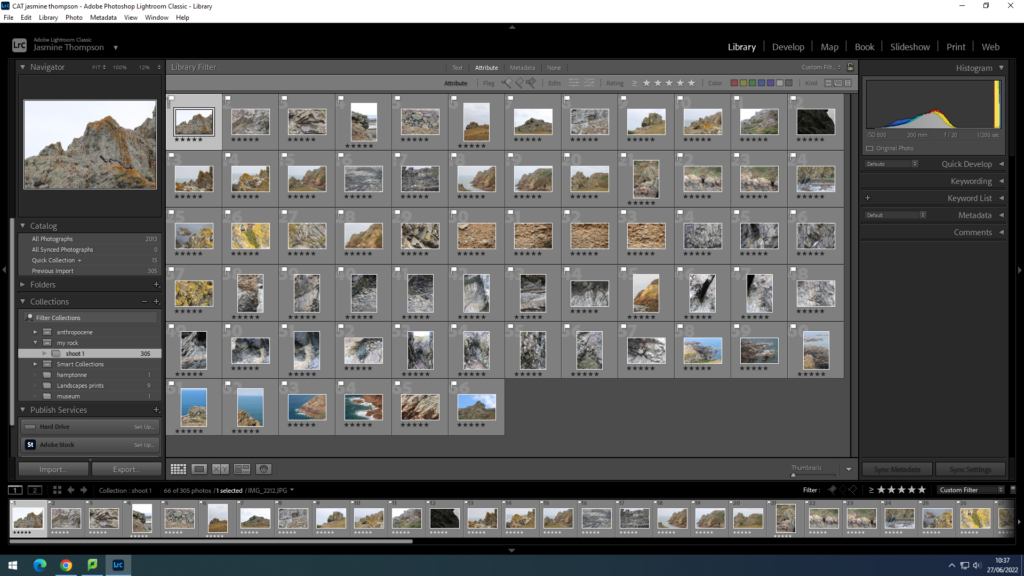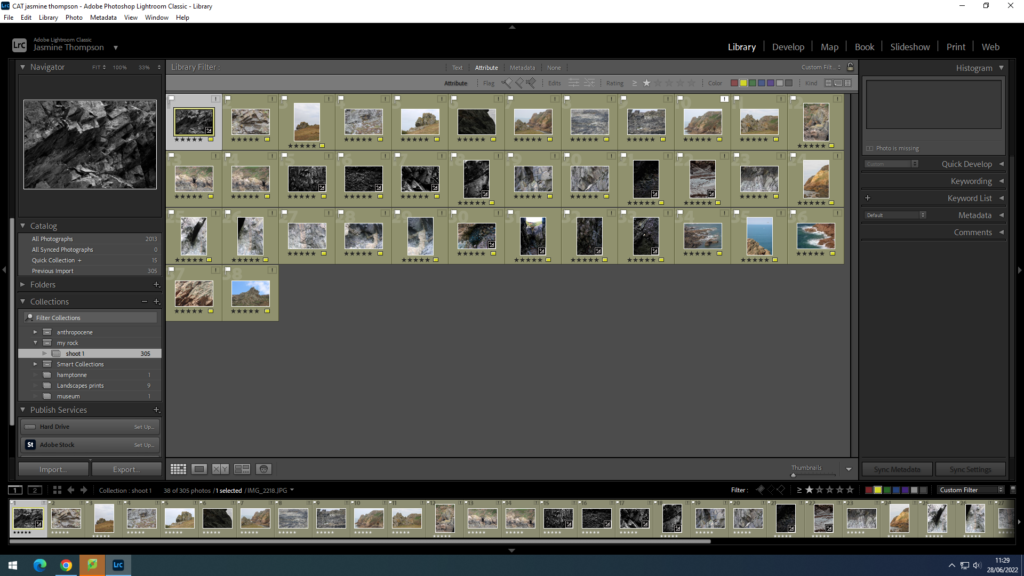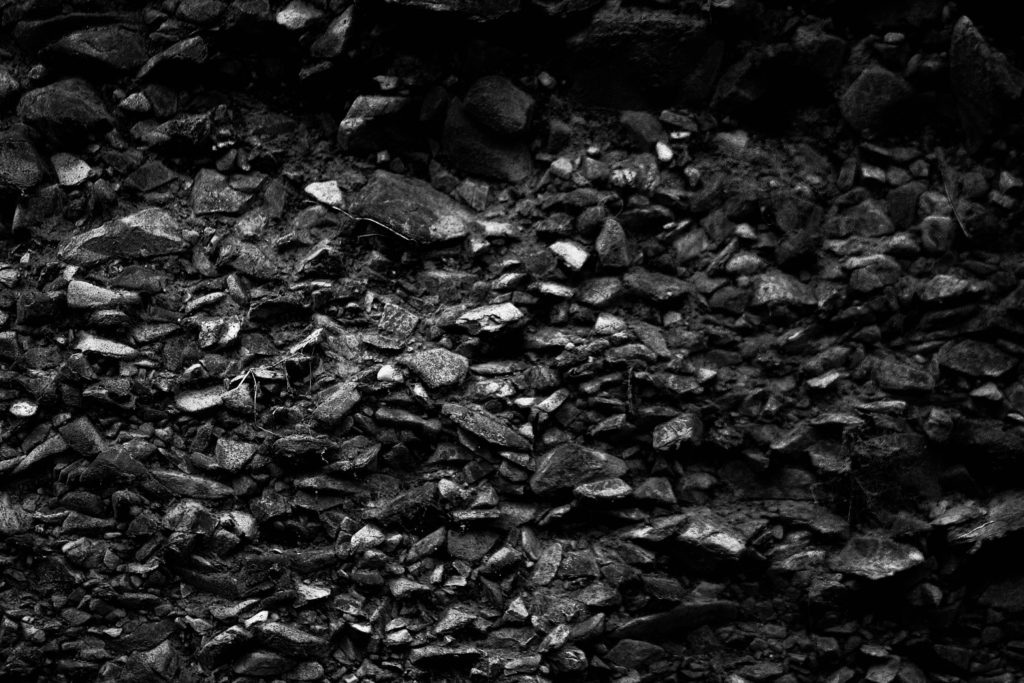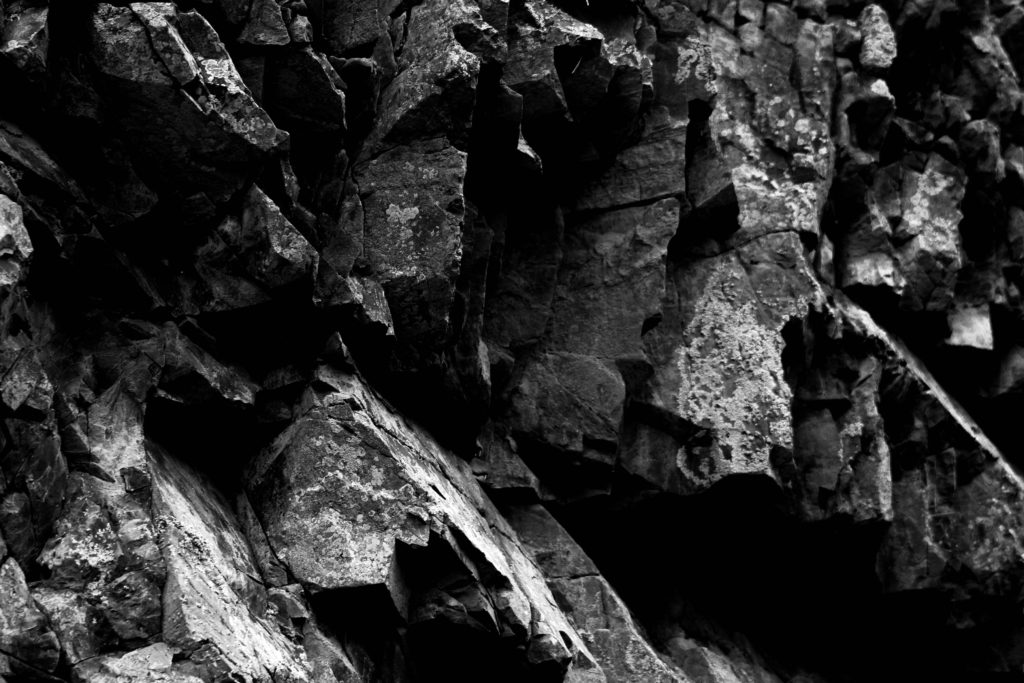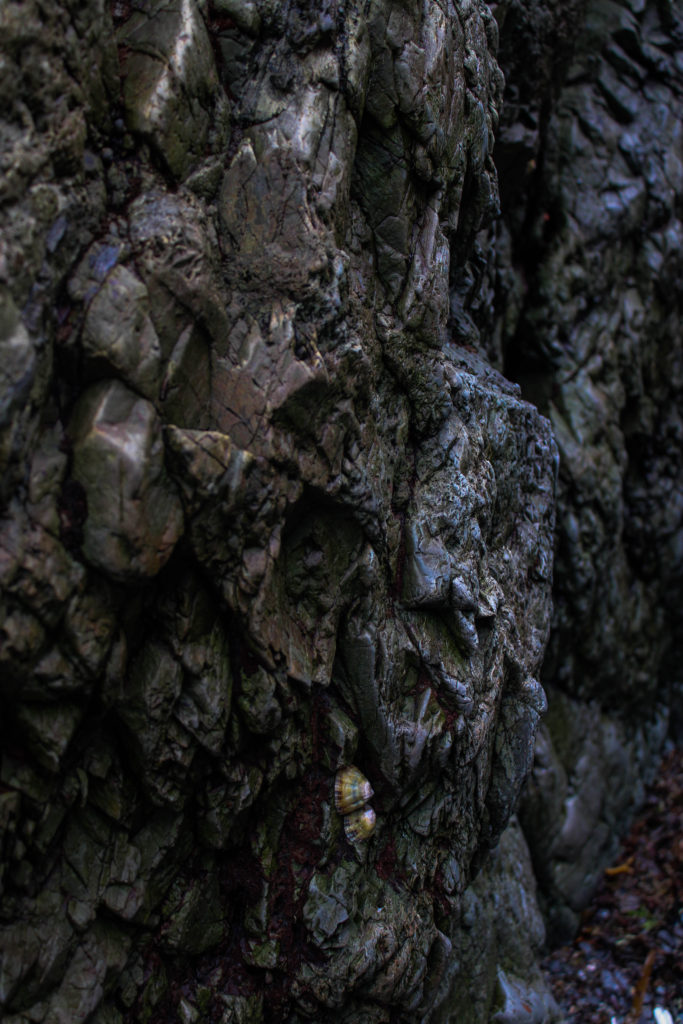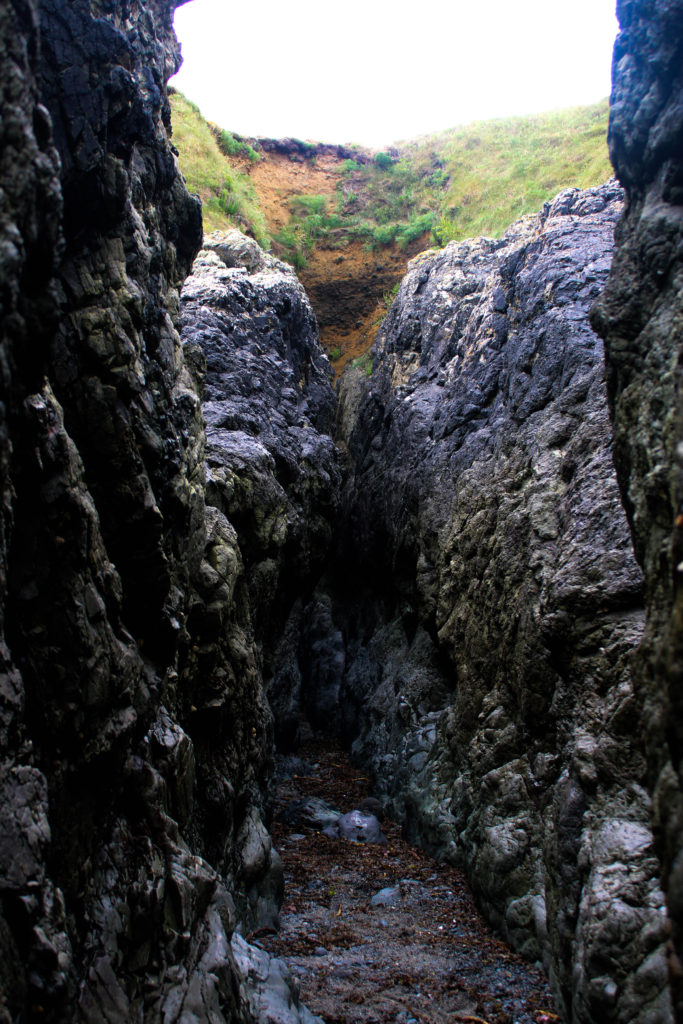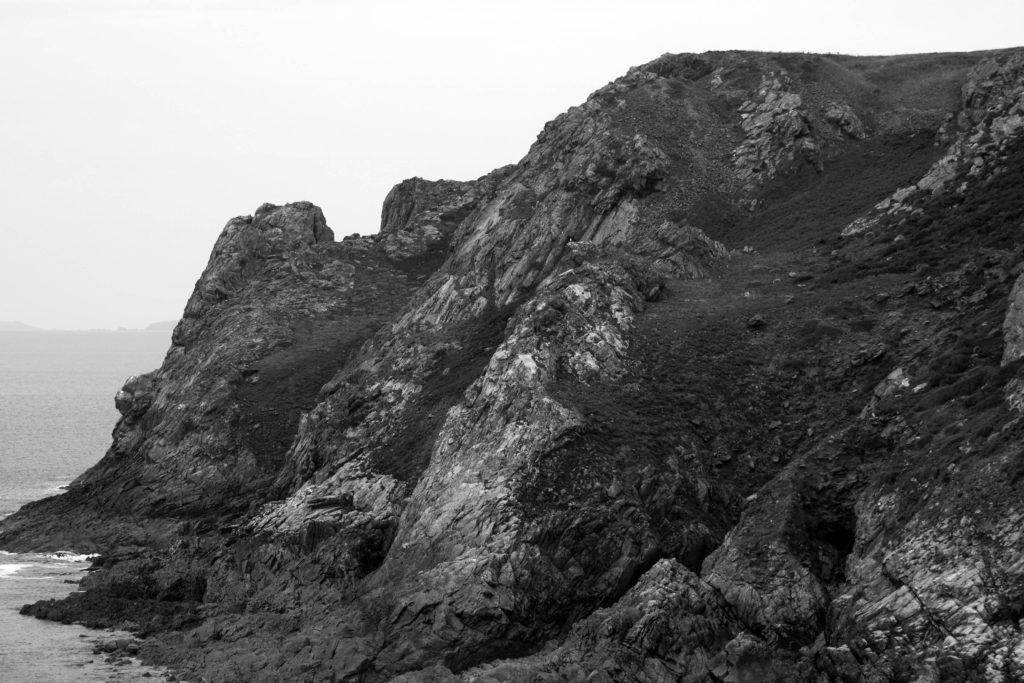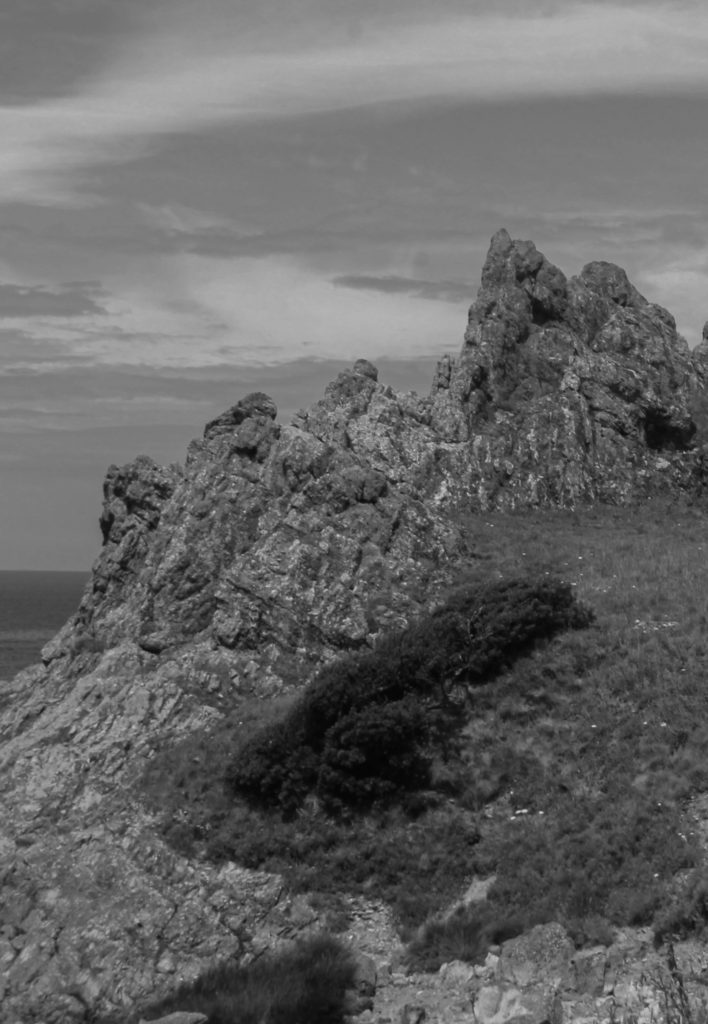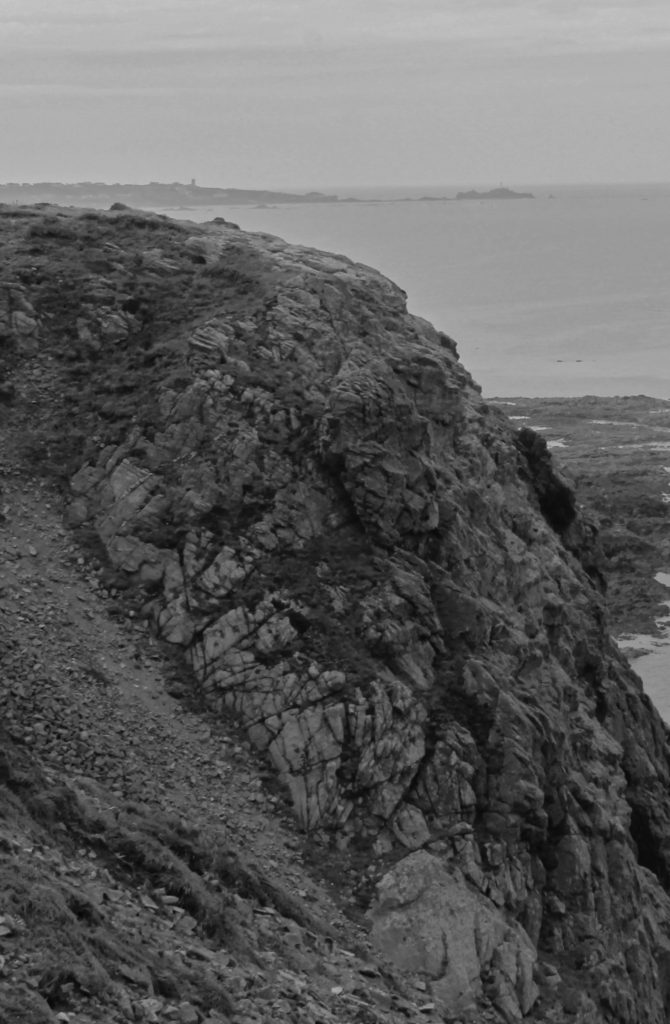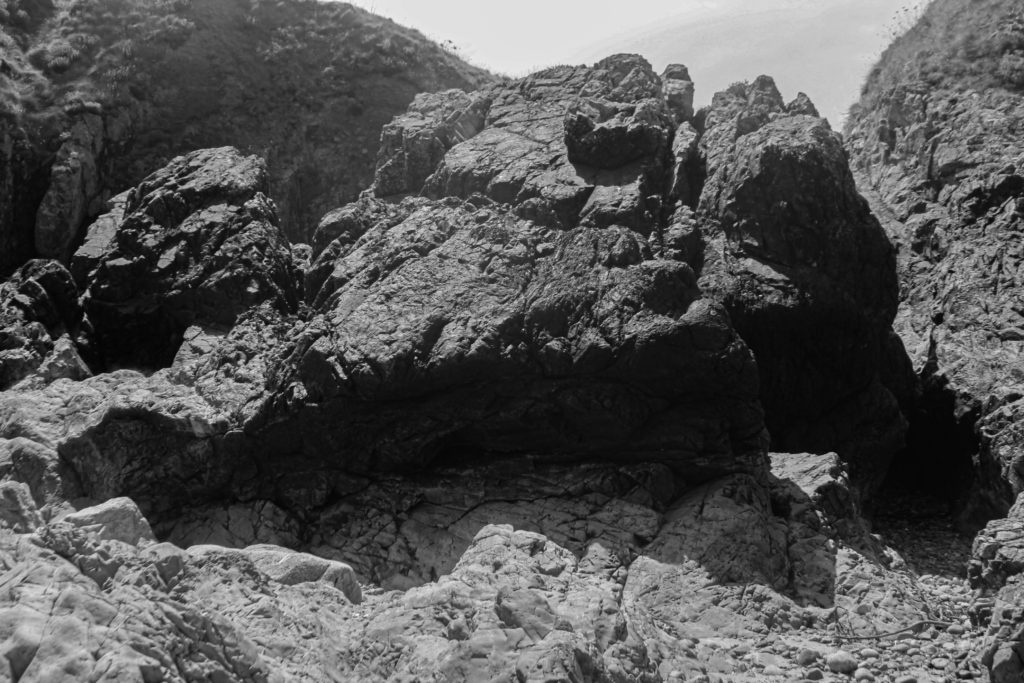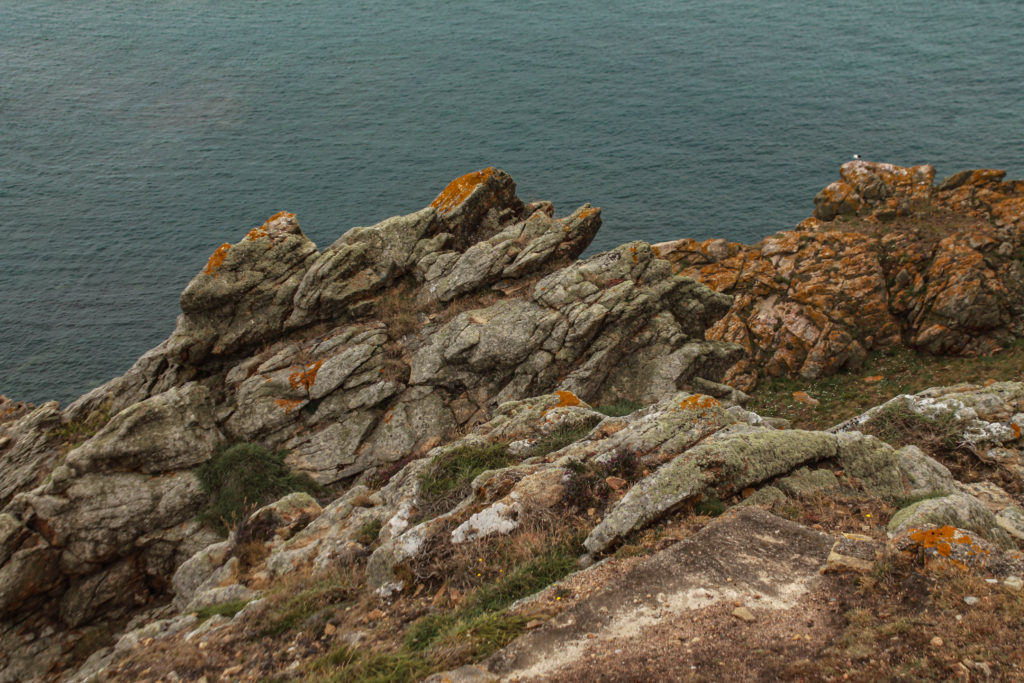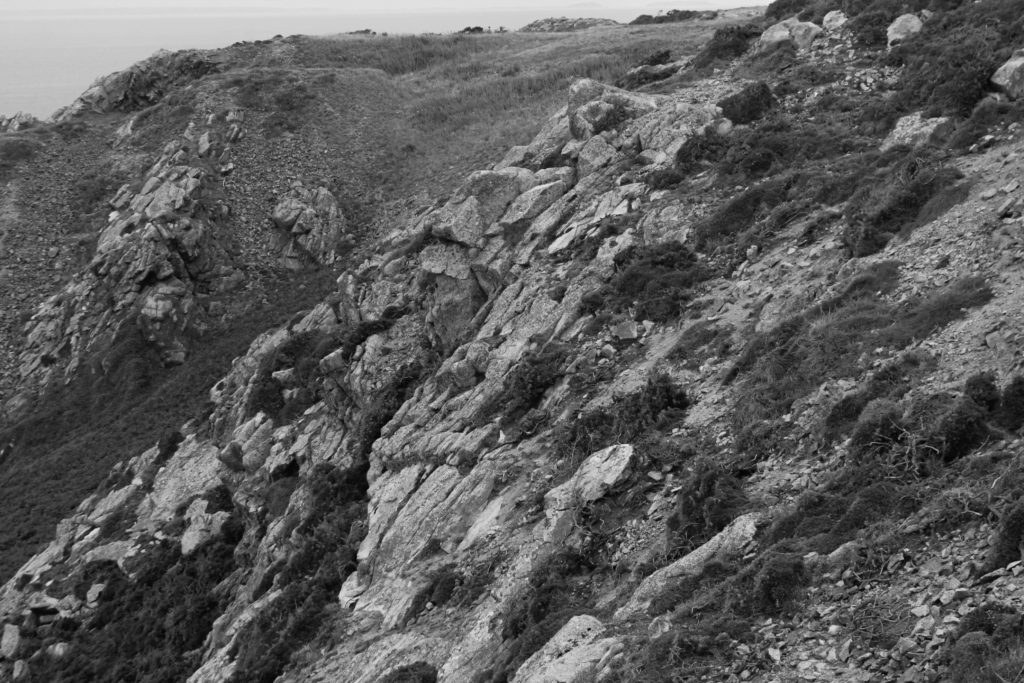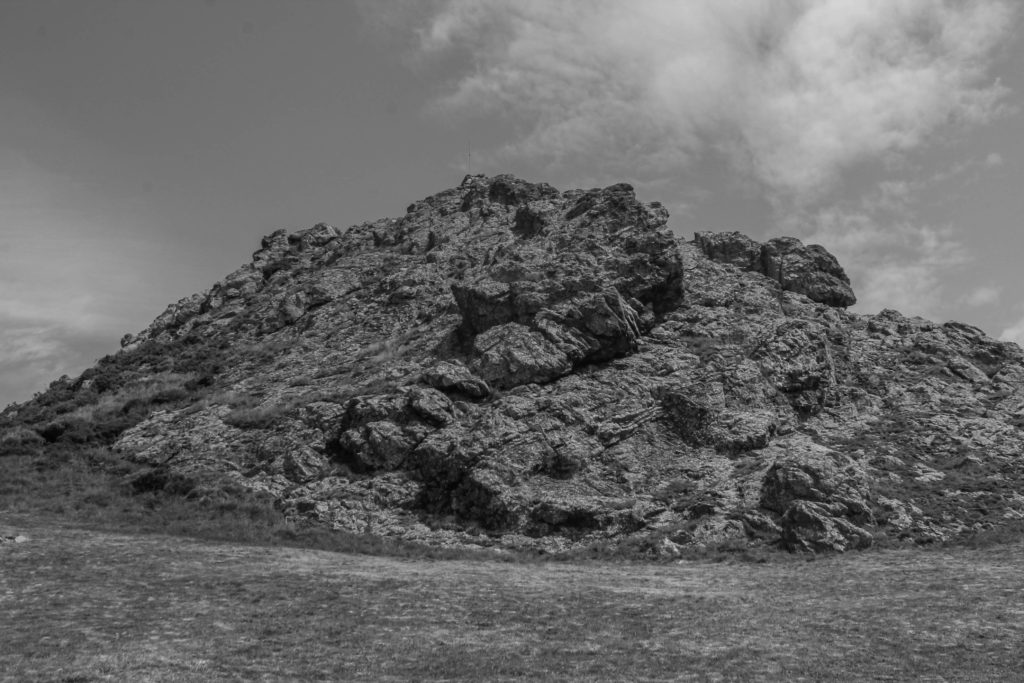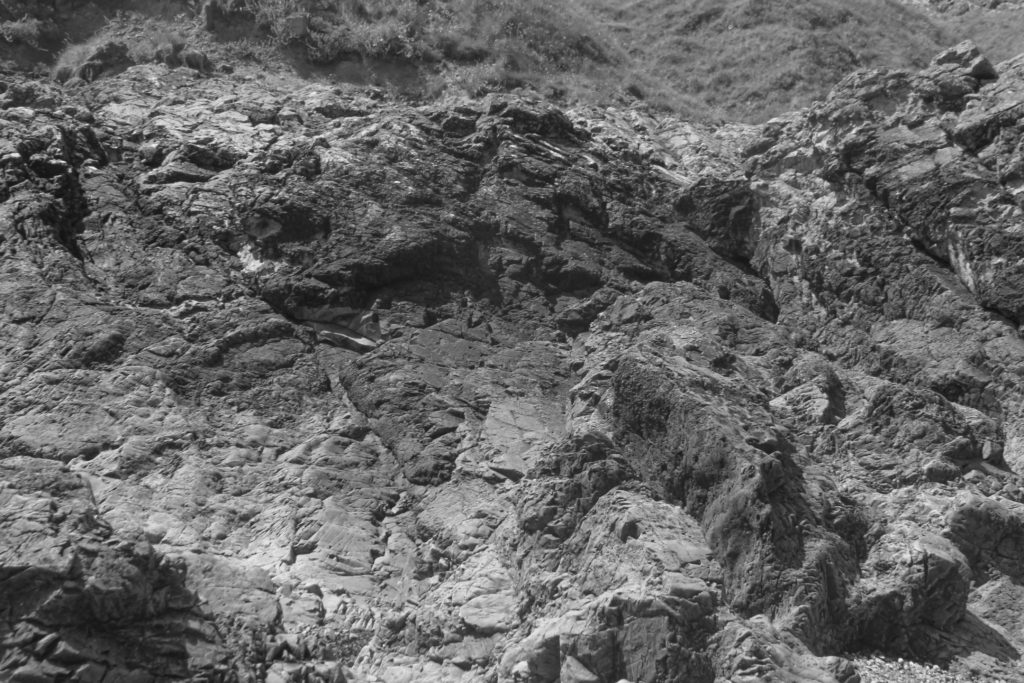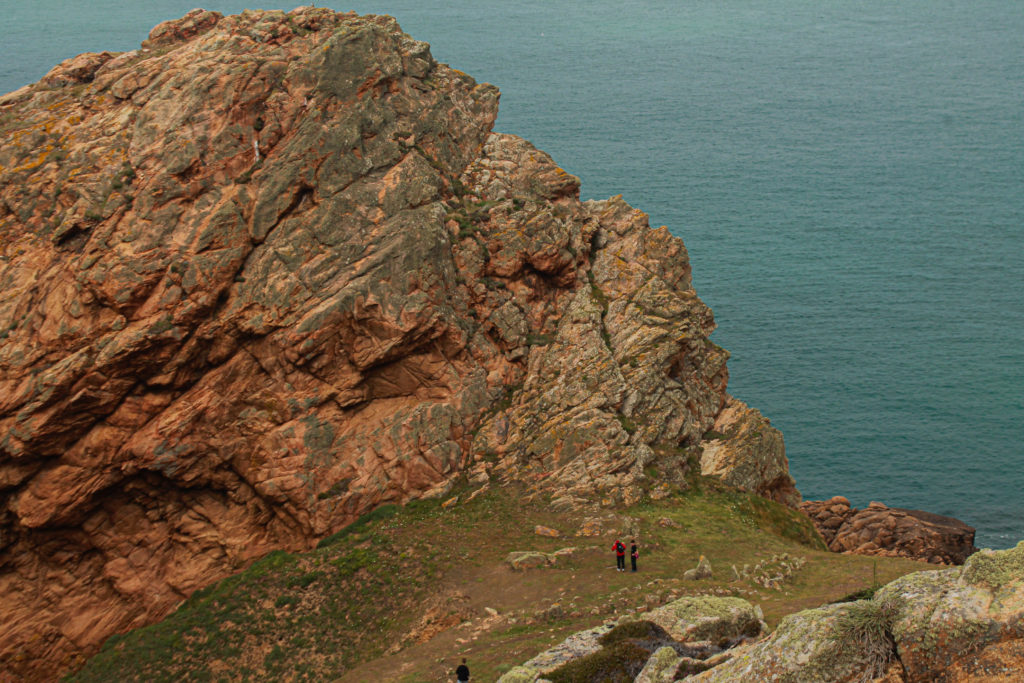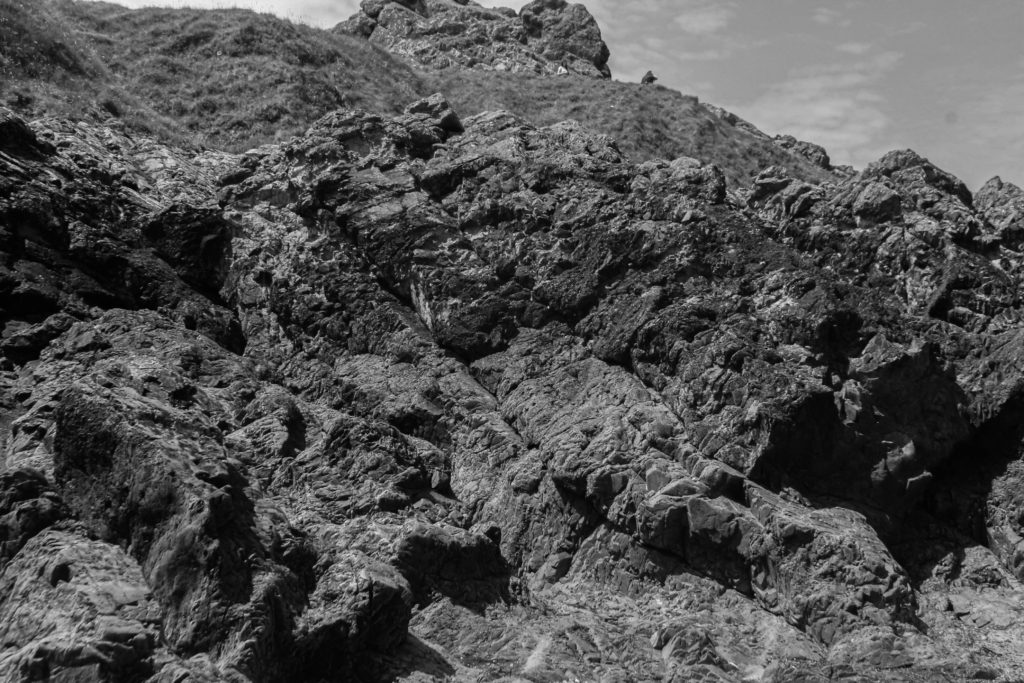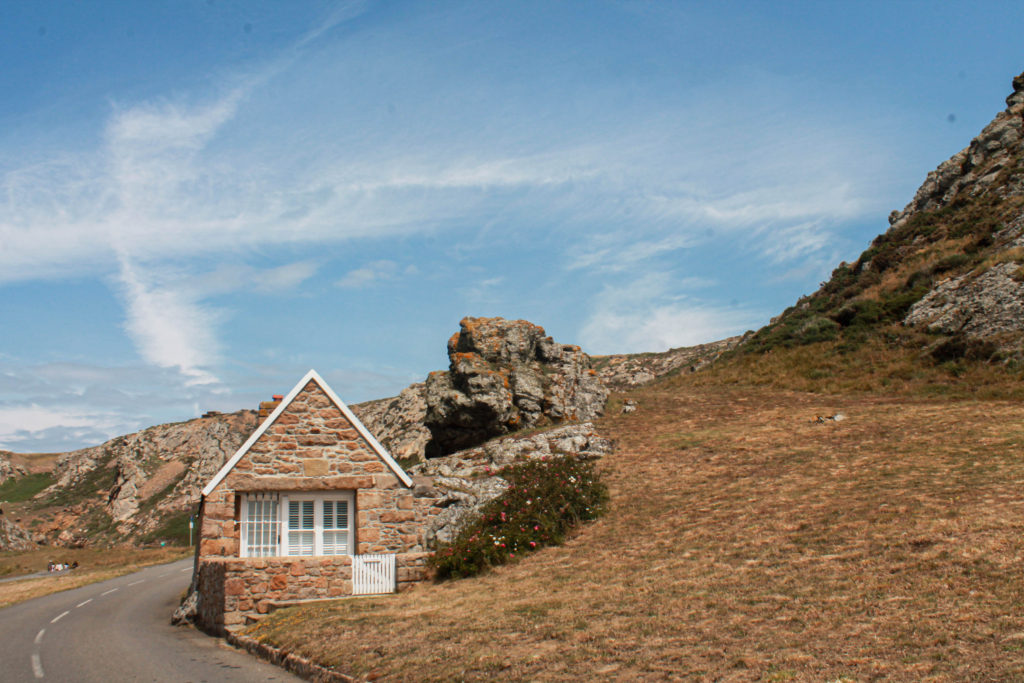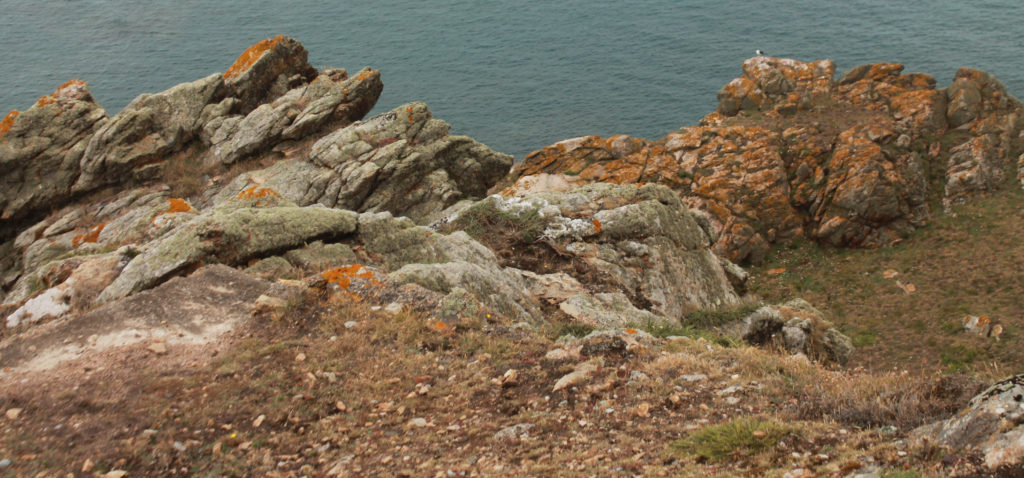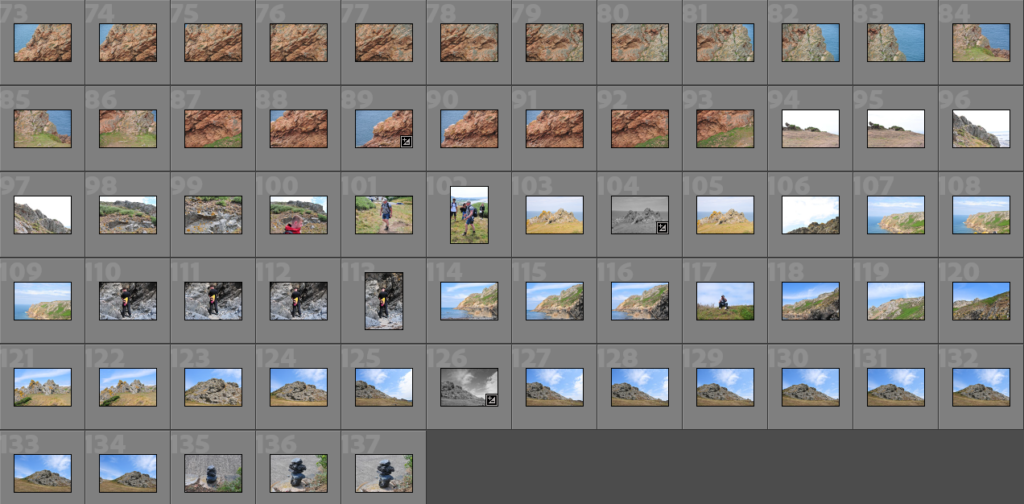Born 9 July 1937, David Hockney is an English painter, draftsman, printmaker, stage designer, and photographer. As an important contributor to the pop art movement of the 1960s, he is considered one of the most influential British artists of the 20th century. He studied at the Bradford College of Art (1953–57) and the Royal College of Art, London (1959–62), where he received a gold medal in the graduate competition.
Hockney’s Joiners
In the 1980’s, Hockney began to create ‘joiners’, now they are photocollages. When he first began to produce these he did them with Polaroid prints and later on he did them with 35mm, commercially processed prints. How he created joiners was by taking multiple and varying Polaroid shots or photolab-prints of just an individual subject. Then with these shots he would arrange them into what almost looks like a patchwork, to create on overall image. One of Hockney’s first ‘joiners’ was a photomontage of his own mother.
Examples of ‘joiners’
Hockney was very interested in how 3-dimensional space can be portrayed in a 2-dimensional image. Joiners aimed to create an image that was able to show reality how we experience it (in fragments, not as a whole), and to show the passage of time.
Image analysis

In this image by Hockney you can clearly see the image is made up of over 100 different 2-dimensional quadrilaterals positioned in different angles and variations which all make up an image of Pearl Blossom Highway in California created in 1986. Hockney spent 3 weeks taking different shots of this certain part of the highway to create this image. The image displays a deserted road containing street signs and a few trees, with a heap of litter scattered around the beginning of the road. It shows good weather conditions that create a good effect contrasting between the blue sky and sandy roads. The images seems slightly distorted in a positive way by Hockney creating all objects and features not appear normal. The image nearly looks as if its is a painting, making it much more interesting and draws the eyes of viewers.

